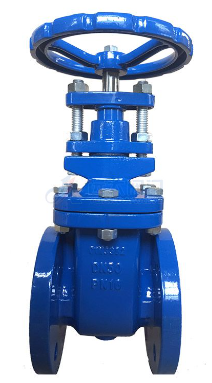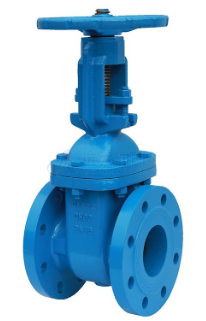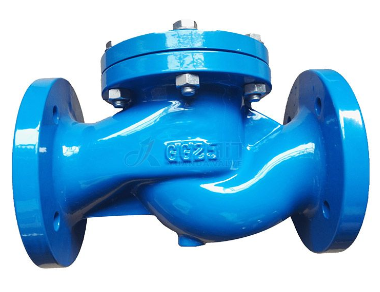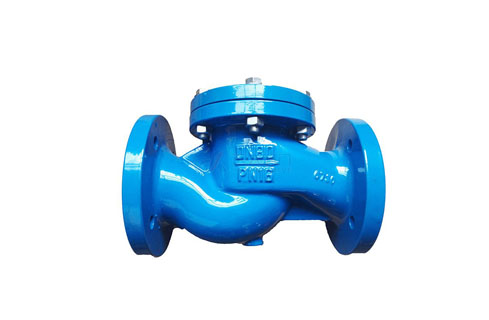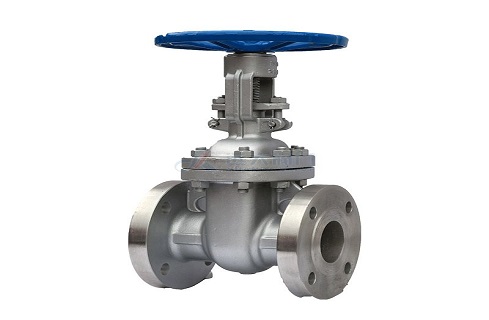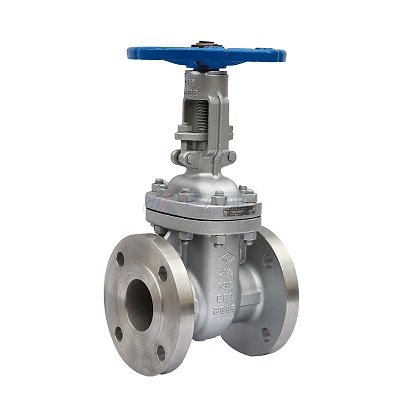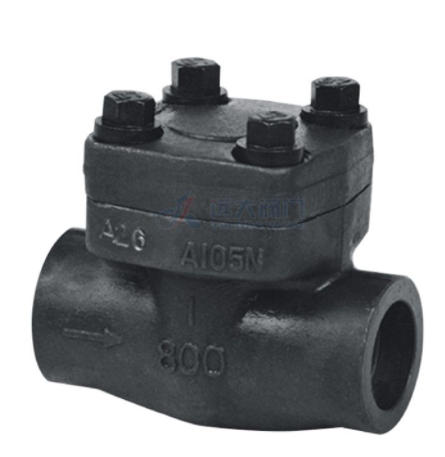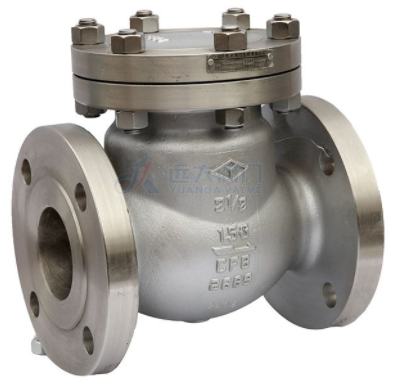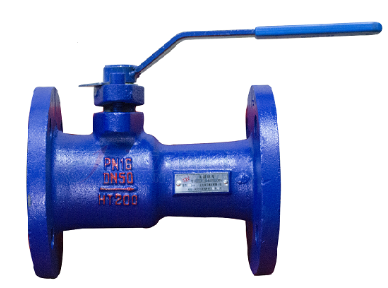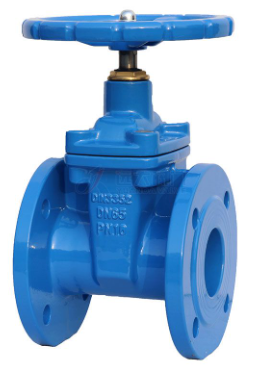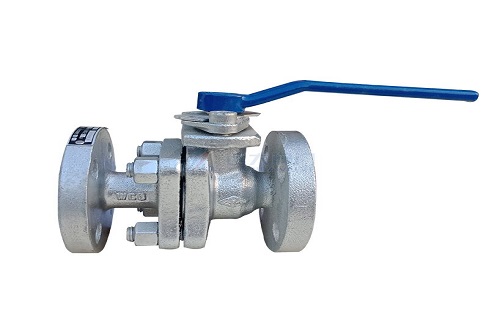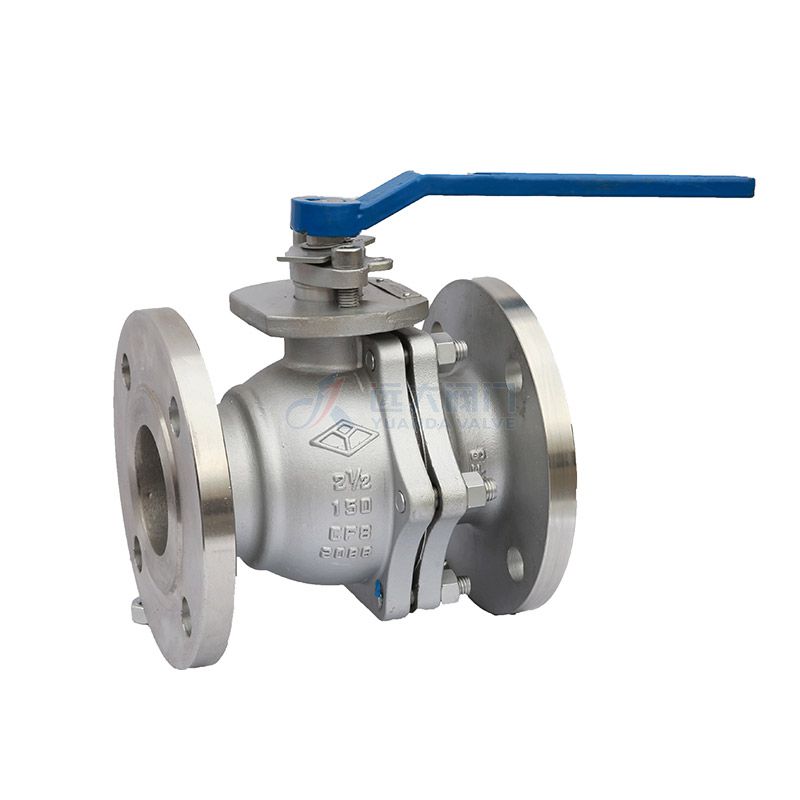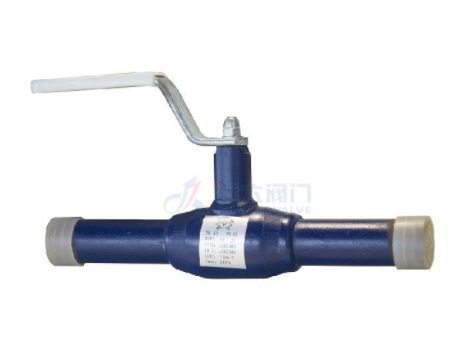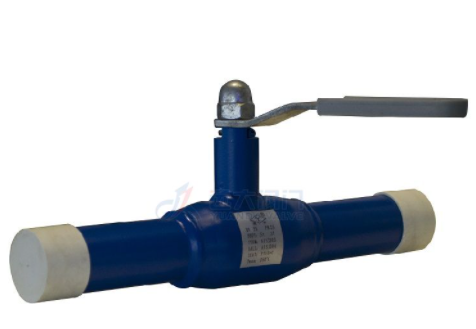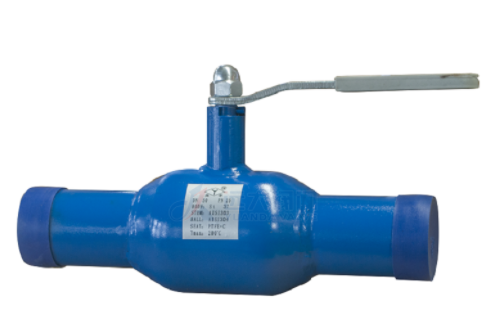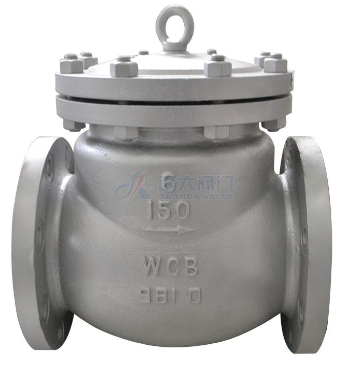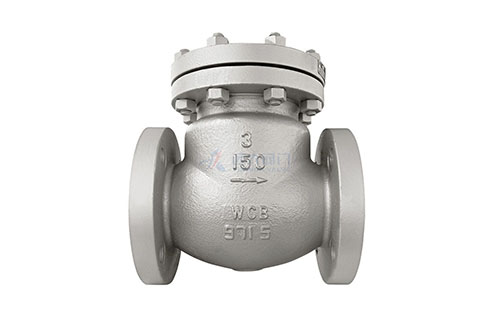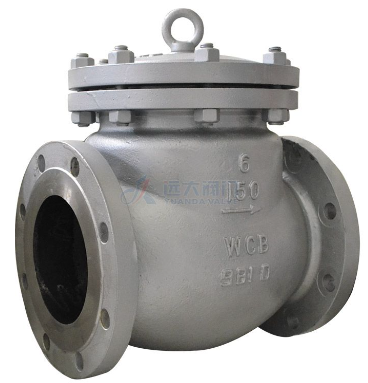Cast iron gate valves are very common in our lives. But I bet you don't know much about them. This article will help you to understand their characteristics and how they work.
The Features Of Cast Iron Gate Valve
1. Precision molded valve body. The valve body is precision molded, which, due to its precise geometry, does not require any fine machining inside the valve body, ensuring tightness.
2. Small opening and closing torque save opening and closing costs. When opening and closing the valve, the direction of movement of the spool is perpendicular to the direction of water flow, thus facilitating the opening and closing of the valve.
3. Integral rubber encapsulation. The valve's inner and outer rubber are all made of high-quality rubber. First-class European rubber vulcanization technology ensures that the vulcanized valve has precise geometry, a strong connection between the rubber and the plastic iron valve, and an elastic memory that prevents mold and mildew.
4. Low fluid resistance. The internal flow path of the butterfly valve body is straight, so the fluid does not change direction as it passes through the butterfly valve, resulting in low fluid resistance.
5. Flat bottom valve seat. In traditional valves, after flushing the pipe with water, foreign objects such as stones, wood, cement, iron pieces, and debris often accumulate in the grooves at the bottom of the valve and can cause leaks.
The resilient seat valve has the same flat bottom design as the plumbing machinery, which prevents contamination by debris and impedes the flow of liquid.
6. Lightweight. The valve body is made of high-quality ductile iron and is approximately 20-30% lighter than conventional valves. It is easy to install and maintain.
DIN Cast Iron Rising-Stem Gate Valve
The Working Principle Of Cast Iron Gate Valve
Cast iron gates are water retaining elements that directly bear water pressure. The gate frame is the supporting member around the gate plate and is also the chute for the up and down movement of the gate plate. The outer part of the chute is set in the second phase concrete of the gate pier and bottom of the gate, which transfers the water pressure borne by the gate plate evenly to the gate pier and bottom of the gate chamber.
The water-bearing surface around the gate frame and the water-backing surface around the gate frame are smooth and straight after mechanical processing, so that the combined surface, the water stop surface, and the movement chute are combined into one.
When the gate is opened and closed under the action of the opening and closing machine, the tightening ramp and frame chute ensure the longitudinal and transverse running trajectory of the gate. Under the dual action of water pressure and the tight closing tilt iron, the gate plate is ensured to run smoothly. The gate plate and frame chute are tightly fitted so that water is effectively stopped.
We are a Cast Iron Gate Valves manufacturer, please feel free to contact us if you need them.
